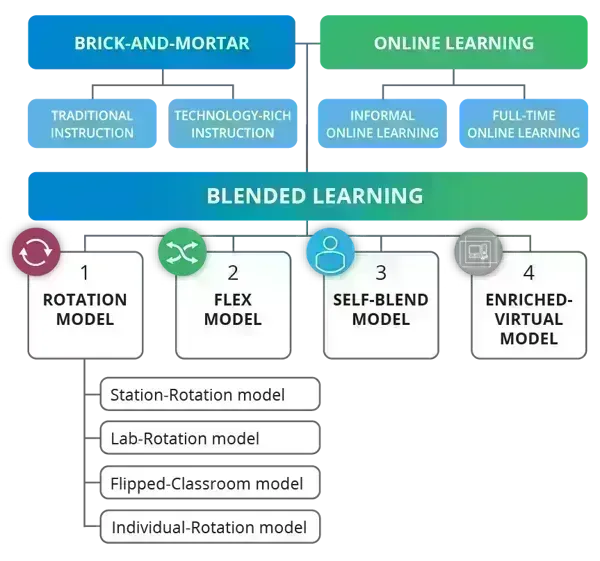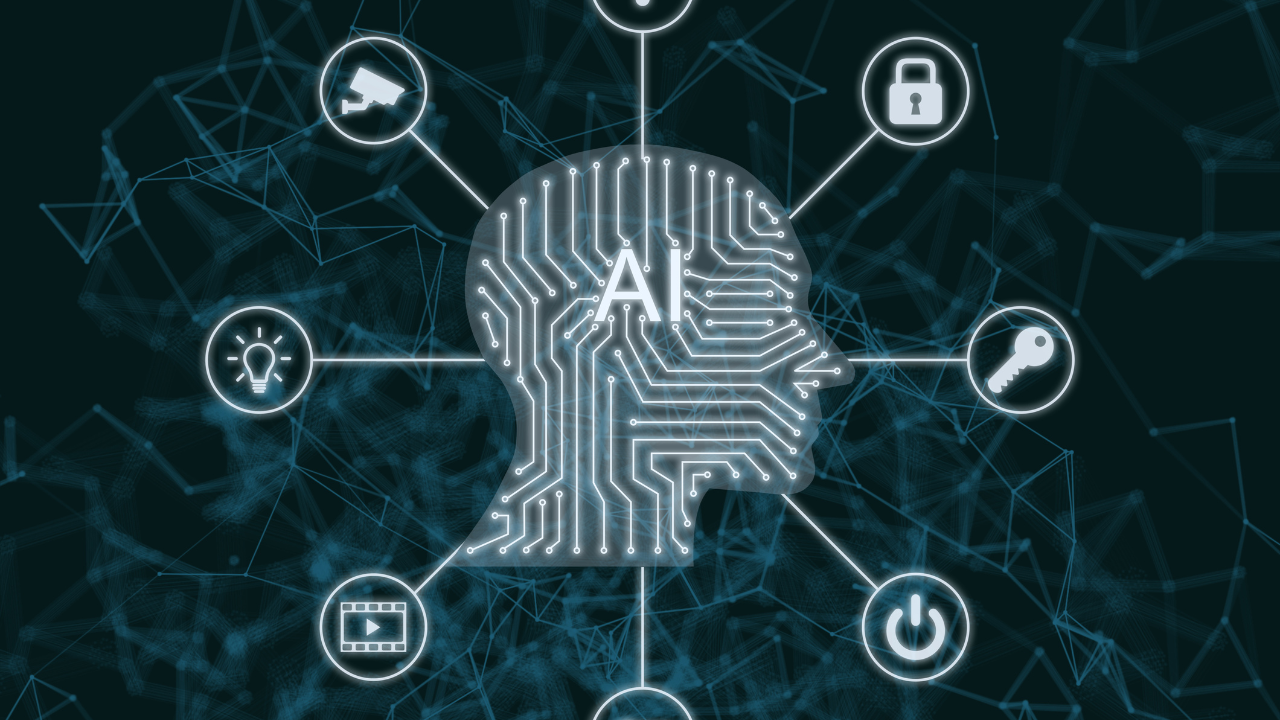



Hybrid learning, also known as blended learning, combines traditional face-to-face instruction with digital tools and online learning environments. This model leverages the strengths of both formats to offer a more flexible, personalized, and engaging learning experience.
Face-to-face sessions focus on collaboration, discussion, and hands-on activities.
Provides social interaction and immediate feedback from instructors.
Asynchronous or synchronous sessions via platforms like Zoom, Canvas, Moodle, or Google Classroom.
Includes videos, quizzes, discussion forums, and digital assignments.
Use of Learning Management Systems (LMS), virtual labs, cloud collaboration tools (e.g., Google Docs), and AI-based tutors.
Students can access materials anytime, anywhere.
Accommodates different learning paces and schedules.
Data from online components allows instructors to identify learning gaps and adjust content.
Adaptive technologies cater to diverse learning styles.
Multimedia, interactive simulations, and gamification make learning more dynamic.
Flipped classroom models promote active learning during face-to-face time.
Allows institutions to manage larger cohorts without compromising quality.
Enables outreach to non-traditional students and working professionals.
Not all students have access to high-speed internet or suitable devices.
Institutions must invest in support and infrastructure.
Poorly integrated models can lead to confusion and disengagement.
Seamless transitions between online and offline components are crucial.
Designing and managing hybrid courses requires time, tech skills, and support.
Professional development is essential.
Without proper structure, students may struggle with time management and self-discipline.
Clear course design: Use modular structures with clearly defined outcomes.
Balance activities: Align online and in-person components for continuity.
Regular feedback: Utilize digital tools for timely assessments and responses.
Support systems: Provide tech support and academic help for both students and faculty.
Arizona State University: Pioneered adaptive hybrid courses in general education.
University of Manchester: Blended STEM labs with virtual simulations and in-person practicals.
MITx: Combines OpenCourseWare with on-campus collaborative sessions.
AI & Learning Analytics will further enhance personalization.
XR (Extended Reality) will bridge the gap between physical and digital experiences.
Expect hybrid campuses where physical space is used strategically for social and collaborative learning.
Hybrid learning is more than a response to emergencies like the COVID-19 pandemic—it’s a forward-looking model that aligns with how people learn, work, and live in the digital age. Institutions that invest in thoughtful hybrid models can offer enriched, equitable, and future-ready education.
#trending #latest

University Internships That Help You Get a Job After Graduation... Read More.

Is It Smarter to Start at a Community College... Read More.
 Fake posts hit Czech PM Fiala's X
Fake posts hit Czech PM Fiala's X
Fake posts disrupt Czech PM Fiala's X account security
 Switzerland Tightens Export Rules
Switzerland Tightens Export Rules
Switzerland expands export controls on dual-use goods
 Google unveils Ironwood AI chip
Google unveils Ironwood AI chip
Google introduces Ironwood chip to accelerate AI tasks & apps
 TSMC Q1 revenue up 42%
TSMC Q1 revenue up 42%
TSMC sees 42% revenue surge in Q1, surpassing forecasts
 Amazon CEO Outlines AI Vision
Amazon CEO Outlines AI Vision
Amazon CEO reveals AI investment plans in new letter
 Osaka Hosts World Expo 2025
Osaka Hosts World Expo 2025
Japan blends tech and culture at Osaka Expo 2025 launch
 A16z Plans Big Bet on AI Startup
A16z Plans Big Bet on AI Startup
A16z may lead huge round in ex-OpenAI CTO’s new AI firm.
© MyEduGoal. All Rights Reserved. Design by markaziasolutions.com